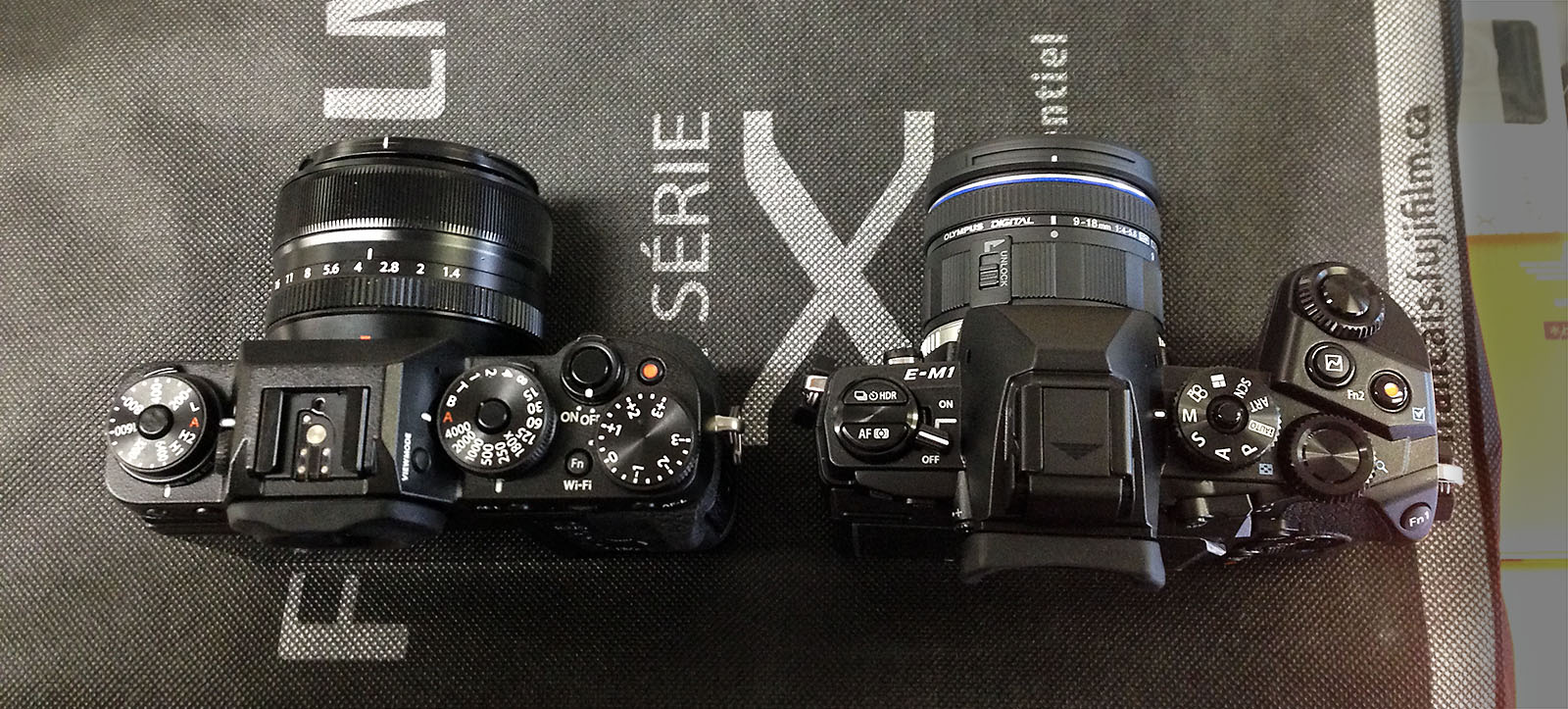“Why full frame?”
/My last post has generated some great feedback, and questions about whether or not I want Fujifilm to produce a full frame camera, and why. I started responding to these questions in the arena in which they were asked, but the length of my response quickly got into blog post territory so here we are.
“Do you want Fujifilm to produce a full frame camera?”
I sort of alluded to this in my previous post, but for clarity, my position on full frame is I don’t think it is necessary (yet), but I wouldn’t be disappointed if they did. Again, this is because I believe the current lineup of XF lenses is already (or soon will be) very complete. I don’t think we are missing much in the prime world now that the 56mm f/1.2 has been released. The “high speed wide angle prime” will be gravy. We still need a line of pro/weather sealed zooms. Happily, they’re on their way.
“For what purpose?”
This is a more interesting question to answer, and the differences may seem minor. It’s sort of *“last 10%”* sort of thing. There is a real difference in what f-stops mean on APS-C sensors as it relates to depth of field, but beyond that, the added light-gathering of a full frame X-Trans would be phenomenal, and I suspect dynamic range would also improve.
When I made the move from my Nikon D300 to the D700, the difference was huge. APS-C sensors have improved dramatically since then, but so have full frame sensors. Just imagine what Fujifilm’s noise reduction algorithms could do on 24 megapixel full frame sensor.
Full frame = bigger
If the X-Pro2 does go full frame, I expect it will stay within the same size as the current X-Pro1 (which is smaller than Sony’s A7), with a few modifications to bring it in line with the X-T1.2 Physics dictates that lens sizes may need to increase, but if you look at the size of previous lens generations from Nikon (AI-S, AF-D) or even Leica and Voigtländer, it quickly becomes apparent that much more compact full frame lens designs are possible.3 Who knows what sort of engineering trickery Fujifilm Japan have up their collective sleeves.
A second lens line up?
If they did release a full frame line of cameras, then yes, I would expect a full line of full frame lenses. Canon and Nikon have been trying to execute that plan for years with varying degrees of success so why not Fujifilm? Remember, digital started with cropped sensors and full frame lenses, and it stayed that way for years before the full frame sensor came out. In fact, Nikon still hasn’t had a full frame digital camera available for longer than it only had an APS-C camera available. If anything, Fujifilm at least have the order right.
Conclusion
My previous post wasn’t meant to outline what I want or what my expectations are. It was largely idle speculation, what I think could happen based on what we’ve already seen Fujifilm achieve—a complete camera system in about 3 years.
I don’t quite understand why some people are up in arms about this though. APS-C-sized cameras aren’t going anywhere. Fujifilm will no doubt continue to iterate on them, and will almost certainly keep releasing firmware updates for them. The torrent of new lenses may slow to a trickle, but once again, I don’t think that’s a problem. I would much prefer to see Fujifilm continue to innovate and push boundaries rather than slow down and start resting on their laurels. If they do decide to stun us with an impossibly small full frame camera system that we can decide to buy (or not), how is that a bad thing? Either way, I’m looking forward to their next big announcement.




















